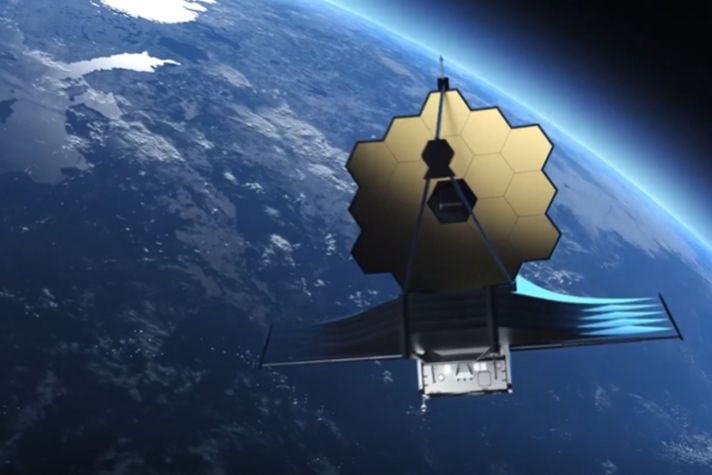-
Global
-
Africa
-
Asia Pacific
-
Europe
-
Latin America
-
Middle East
-
North America
- |
- BUSINESSES
- |
- Contact
- |
-
Global
-
Africa
-
Asia Pacific
-
Europe
-
Latin America
-
Middle East
-
North America
- |
- BUSINESSES
- |
- Contact
- |
You are browsing the product catalog for
You are viewing the overview and resources for
- News
- Home for the Holidays: How Innovative Technologies Power Your Trip
Home for the Holidays: How Innovative Technologies Power Your Trip
State-of-the-art systems help you reach your destinations safely and on time
As the holiday season approaches, millions of people around the world are preparing to travel and reunite with their loved ones.
In 2024, a new record was set as airport officers screened over 3 million travelers in a single day following Thanksgiving.
Whether you’re onboard a short domestic flight or a long international journey, getting home to your destination safely and on time is your priority. Here’s how our aviation technologies help make this possible.
Enhancing flight safety with advanced weather radar systems
Honeywell's radar systems, such as the IntuVue RDR-7000 and RDR-4000, are installed in the nose cone of aircraft and employ state-of-the-art technology that provides real-time weather data to pilots. This information is pivotal for avoiding turbulence, thunderstorms and other hazardous weather conditions that could disrupt flights. By providing accurate and timely weather information, these radar systems help ensure that passengers arrive at their destinations safely and on time.
“These radar systems are designed to detect extreme weather conditions, allowing pilots to navigate safely and avoid delays,” Senior Technical Sales Manager Adam Gavrich said. “[They] are essential for detecting bad weather and helping pilots make informed decisions during flights.
With a background as a U.S. Air Force officer and extensive experience in avionics systems engineering, Gavrich has helped integrate Honeywell's radar technologies into larger avionics systems. His work has ensured that these systems meet performance requirements and can be effectively used by pilots to navigate safely through adverse weather conditions.
"Not only do our radar systems help pilots detect hazardous weather and navigate around it, but they also help ensure that passengers get home safely, even in extreme conditions,” Gavrich said.
The IntuVue RDR-4000 can be found on over 15,000 air transport and business aircraft worldwide.
“Pilots appreciate the radar's ability to predict windshear, a hazardous weather phenomenon that can cause significant aviation accidents,” Gavrich said. “Honeywell's radars can predict where windshear will occur and warn the crew in advance, helping to prevent dangerous situations.”
Weather radar systems work in tandem with advanced avionics systems, providing pilots with critical flight data and performance insights. These systems can help pilots optimize flight paths, reduce fuel consumption and enhance overall flight safety.
Connectivity technologies are also making a significant impact on air travel. Technologies like JetWave and Honeywell Forge Cabin Connectivity provide seamless internet access to passengers, allowing you to stay connected to your loved ones and work while in the air.
With more planes on runways, ensuring the safety of passengers and crew during taxiing, takeoff and landing is crucial. Enhanced technologies and systems onboard aircraft can provide timely alerts to pilots and air traffic controllers, helping them stay aware and avoid runway safety incidents. These improvements can not only make it easier to stay connected but also help make flying safer and more efficient by reducing the risks of busy air traffic.
The future: Cloud-equipped, connected technologies
As the industry continues to evolve, new advancements are being designed to support the future of aviation by enhancing efficiency, safety and connectivity.
Honeywell Anthem is the industry’s first cloud-connected cockpit system, modeled after everyday touchscreen devices that give pilots the information they use most at their fingertips, like weather maps and flight routes. With cloud connection, it allows pilots to upload their pre-flight plans whenever, wherever – reducing pre-flight prep time to avoid delays.
Looking to the future, Honeywell Aerospace Technologies teams are also working on connected weather radar technology. This innovation involves aircraft equipped with weather radars transmitting real-time weather data through satellite communication systems to a ground station. This connected approach enhances the accuracy and range of weather information available to pilots, further improving flight safety.
As we enter the winter season, aviation technology is more important than ever to help ensure that travelers can get home safely and on time, no matter the weather conditions.
Copyright © 2025 Honeywell International Inc.




